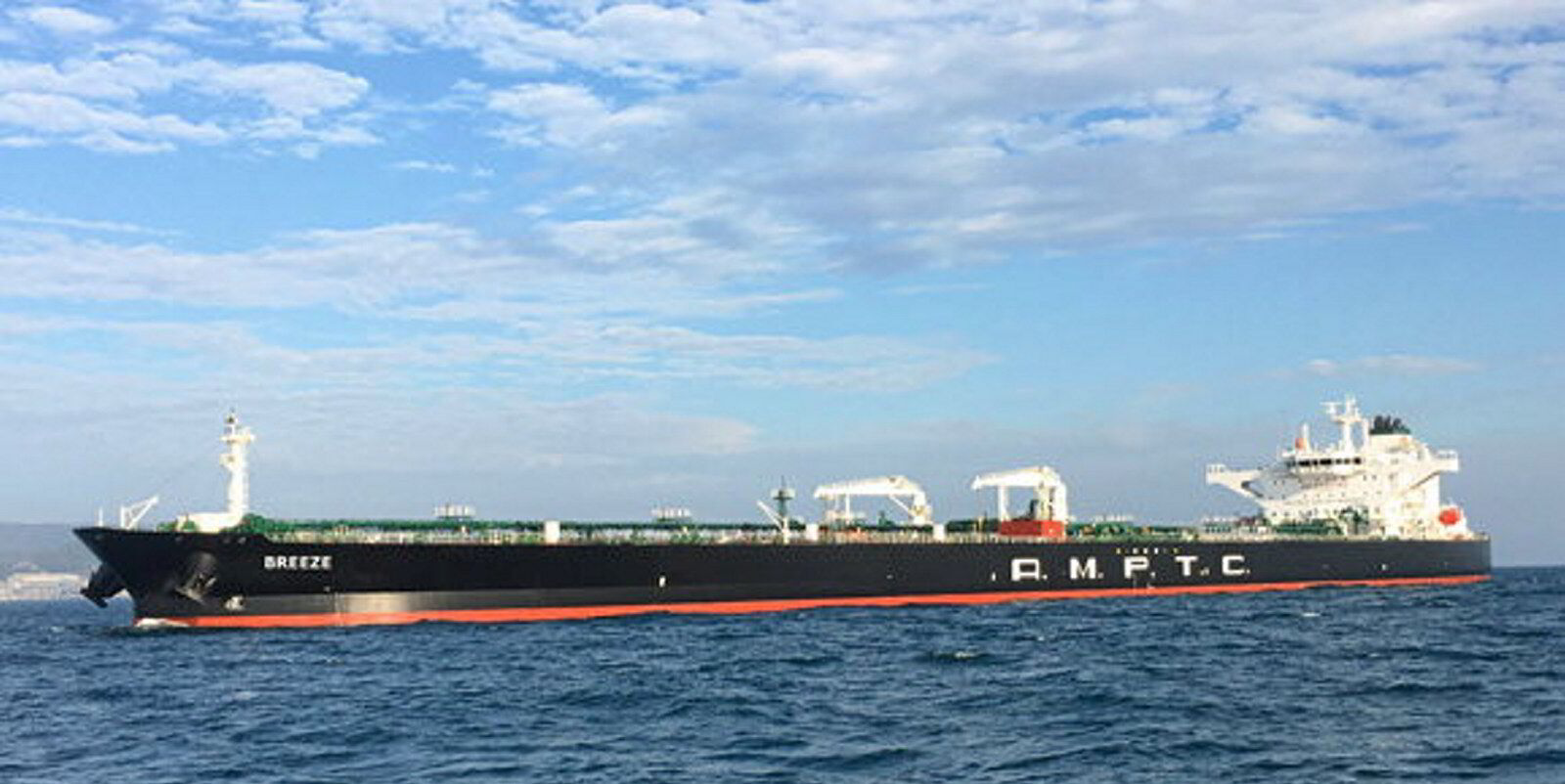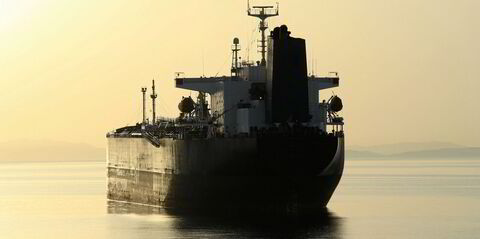LR tanker rates have taken a dip as charterers have plenty of ships to choose from.
Clarksons said LR2 rates fell by 15.7% week on week — and 11.3% from Monday — to $22,800 per day.
At the same time, LR1 rates dropped 9.3% from last week to $19,200 per day on a fleet-weighted average basis.
Clarksons said: “The movement is driven by a drop in rates out of the Middle East, as slow activity and ample tonnage availability across the region is weighing on the market.”
MRs fared better. Clarksons’ fleet weighted average for the ships rose to $23,000 per day, or nearly 20% from last week and 5% from Monday.
This was thanks to US Gulf rates adding 41.7% week on week to hit $36,600 per day.
The Baltic Exchange also saw rates slide.
Its Baltic Clean Tanker Index lost 15 points on Tuesday to fall to 509, near year-to-date lows.
It assessed an LR2 sailing from the Middle East to Japan would earn just $15,456 per day on a time-charter equivalent basis, and LR1s on the same route would earn $12,906 per day.
MRs in the Atlantic basin ticked up $57 to $25,508 per day, according to the Baltic Exchange assessments.
The tanker market in general has suffered, partly due to oil demand appearing to rise more slowly than expected in the fourth quarter.
Good news
But Clarksons said there was some good news on the product side, as the Singapore-Dubai crack spread jumped to $6.71 per barrel from $2.94 per barrel last month.
“This appears to reflect rising oil demand, particularly for jet fuel in Asian markets,” it said. “Improving refinery margins bodes well for increased refinery activity, which should be beneficial for product tankers.”
A factor in product tanker weakness specifically impacting the sector was competition from crude tankers picking up product cargoes.
Last week, Clarksons slashed its 2025 tanker rate forecast, expecting weaker rates to close out 2024 and lower odds Opec+ will ramp up oil production.
Over the weekend, Opec pushed a planned unwinding of production cuts until the end of the year.
The postponed move would have added 180,000 barrels per day of oil into the market in December.




